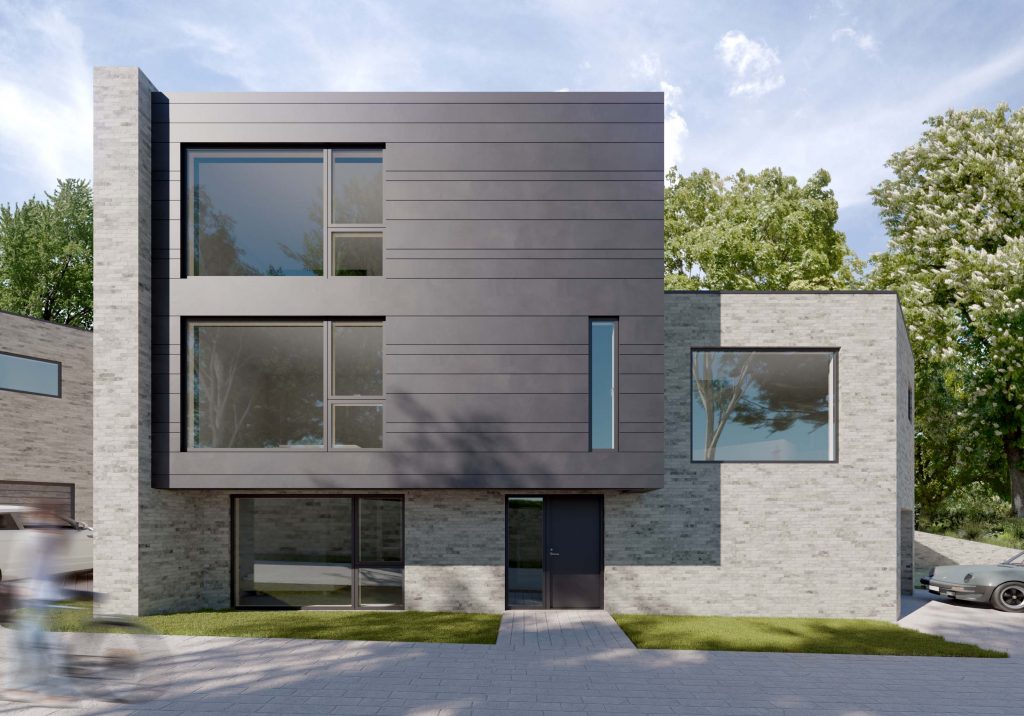With the growing emphasis on energy efficiency and sustainability, passive houses are gaining popularity. These homes are designed to be ultra-low energy buildings that require little energy for space heating or cooling. In this article, we delve into several examples of passive houses and discuss their unique features and benefits.
Before we begin, it’s crucial to understand the passive house envelope components. These components play a significant role in the energy efficiency of these homes.
Exploring Examples of Passive Houses
Let’s take a look at some instances of passive houses and their unique features.
Case Study 1: Queen Edith’s Way
This passive house located in the UK is an excellent example of a home that is both aesthetically pleasing and energy efficient. The house features airtight construction details, which are crucial for maintaining indoor temperature and reducing energy consumption.
Case Study 2: Dalebright Passive House
The Dalebright Passive House in Canada is another great example. This house is designed with a focus on thermal continuity, which is essential for maintaining a comfortable indoor temperature throughout the year.
For more information on passive house design principles, check out this comprehensive passive design checklist.
Conclusion
Passive houses represent the future of sustainable and energy-efficient living. By studying these examples, we can gain insights into the design principles and techniques that make these homes so efficient. If you’re interested in seeing how solar integration works in passive houses, show solar integration example. For those who want to go a step further and explore real off-grid examples, explore real off-grid examples.






